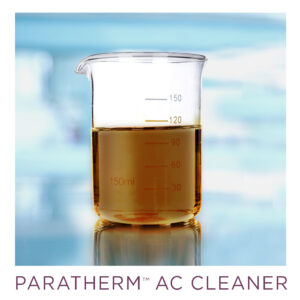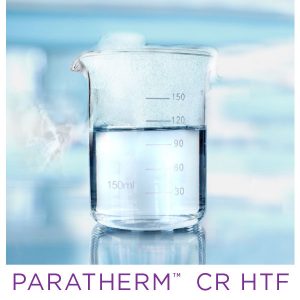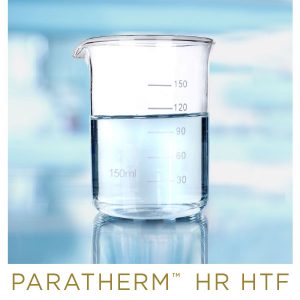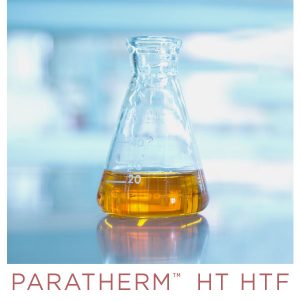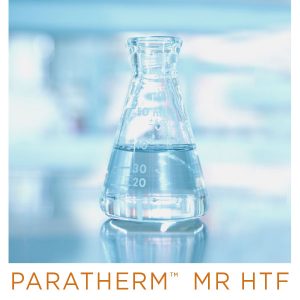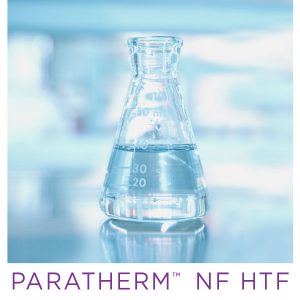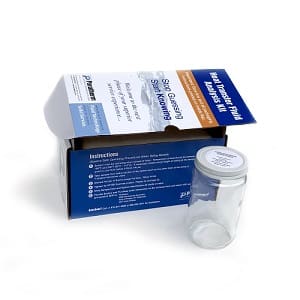SOLAR THERMAL & PANEL HEAT TRANSFER FLUID
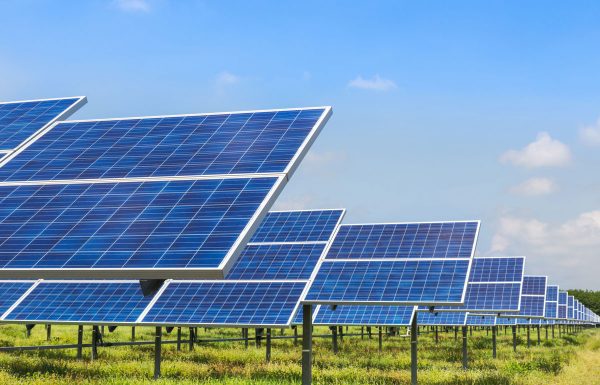
HEAT TRANSFER FLUIDS IN SOLAR ENERGY UTILIZATION
Paratherm manufactures high-quality heat transfer fluids for solar thermal and solar panels.
These thermal fluids are used for a wide range of solar applications from solar plants to power towers.
Operations involving solar energy require a heat transfer fluid with high performance and provide a longer lifespan, as well as precise temperature control and high flash points.
Paratherm’s thermal fluid is reliable for keeping solar thermal power plants and facilities running efficiently.
PARATHERM FLUIDS FOR SOLAR APPLICATIONS
| Low Temperature Liquid | Heating & Cooling Fluid | High Temperature Fluids |
| Paratherm™ CR Higher Flowrates at -90ºC in Thermo processing Lowers Equipment Operating Temperatures by 10ºC Used in polycrystalline production | Paratherm™ LR Water Sensitive ProductsNon-Corroding Water/Glycol ReplacementHigher Flash Point–Rated Combustible, Not FlammableLow-Temp Start-up Alternative to glycol-based fluids | Paratherm™ HR Synthetic/Aromatic Gas processing Chemical processes Waste-oil recovery Biodiesel production Plastic processing Used in polycrystalline production and thermal solar applications. Paratherm NF®Batch Processing Electric Immersion Heaters Food Grade Used in thermal solar applications |
DOMESTIC APPLICATIONS
WATER/WATER GLYCOL
PASSIVE SOLAR
Passive solar systems are the simplest and least expensive alternatives for direct use of solar radiation for practical purposes. Passive systems rely on natural convection for circulation. Passive solar water heating (SWH) systems, the most commonly found liquid-based passive solar applications, generally use plain water as their circulating liquid.
ACTIVE SOLAR
In active (pumped) SWH systems, more often a separate loop containing a heat transfer fluid will transfer heat to the water using a heat exchanger. The heat transfer fluid in these systems is usually a freeze protected solution of a glycol and water, with a corrosion inhibition package. Non-aqueous heat transfer fluids, such as Paratherm™ LR, could also be used here. Contact Paratherm for details on advantages.
POWER GENERATION AND THERMAL STORAGE
Heat transfer fluids are also utilized in solar energy generation, in concentrators such as parabolic, linear Fresnel, and trough-based systems. Several heat transfer media can be utilized, depending on the mechanical design and temperature requirements of the application.
- Water/steam is used in turbines for generating electricity.
- Molten salts, such as 60% NaNO3 and 40% KNO3 (220-600°C) for thermal storage
Synthetic/aromatic heat transfer fluids
- Liquid-phase only: Used to uniformly provide heat for steam in turbine generators
- Vapor phase: Used for generating electricity in turbines, similar to steam but with greater thermal efficiency
POLYCRYSTALLINE SILICON
Finally, high temperature heat transfer fluids are used extensively in the manufacturing processes for polysilicon, the material used to make photovoltaics, in a process similar to that used in production of computer chips.
Photovoltaic solar (PV Solar) panels are the familiar black panels with the bluish tinge, all solid state, that are placed on roofs and in deserts to generate electricity directly from sunlight. Probably the most familiar example is the solar patio light, which absorbs solar energy by day and then automatically lights path and patio by night.
The Polysilicon process which can consist of the Siemens Reactor process or Fluid Bed (FB) reactors, in which heat transfer fluids can be used in the purification phase to raise temperature of catalytic reaction to convert silicon tetrachloride (STC) to trichlorosilane (TCS). This phase can be referred to as the Hydrogenation phase of the process.
These units purify metallurgical grade silicon (MGS) to electronic grade silicon by hydrogenation of MGS and STC to make TCS. The resulting TCS is purified by crystallization and distillation. Heat transfer fluids are used in distillation process as well.
Other heat transfer tluids are also used in the cooling phase of polysilicon production, at low temperatures. The use of cryogenic-range heat transfer fluids such as Paratherm CR is beneficial in this phase. The fluid cools the molten silicon poured from crucibles into the molds making monocrystalline ingots for solar cells and photovoltaics.
Paratherm does not manufacture, support, or distribute glycol-based heat transfer fluids, but we can recommend suppliers.
Contact Paratherm for more information about heat transfer fluids, fluid analysis, application assistance and system troubleshooting help.
OTHER ARTICLES
California Hospitals Replace Steam With Hot Oil
Problems with Multi-Purpose Oils
OTHER SOLAR AND RENEWABLE ENERGY INDUSTRY LINKS
Solardude Solar Dude on Twitter
SEIA Solar Energy Industries Association



